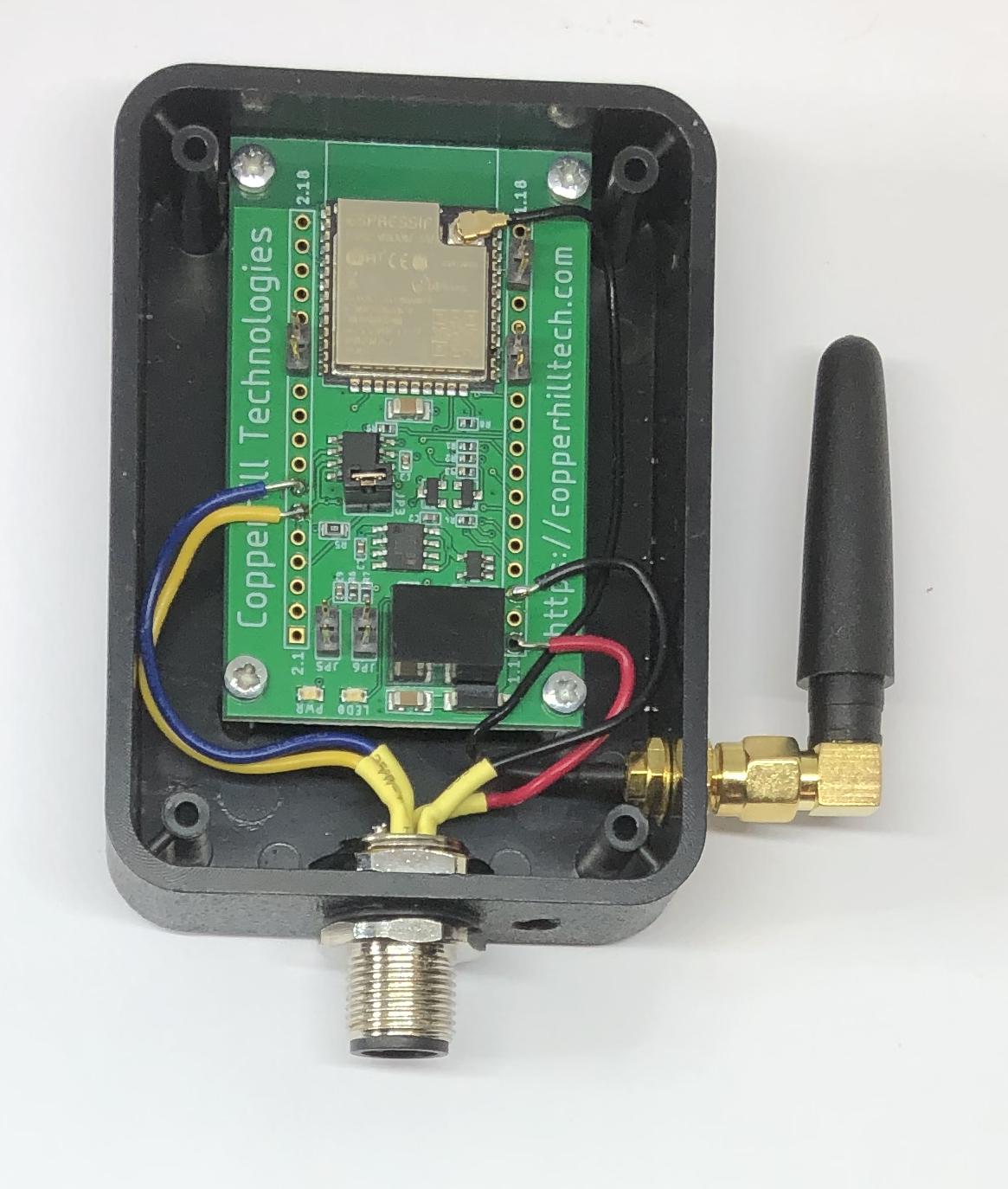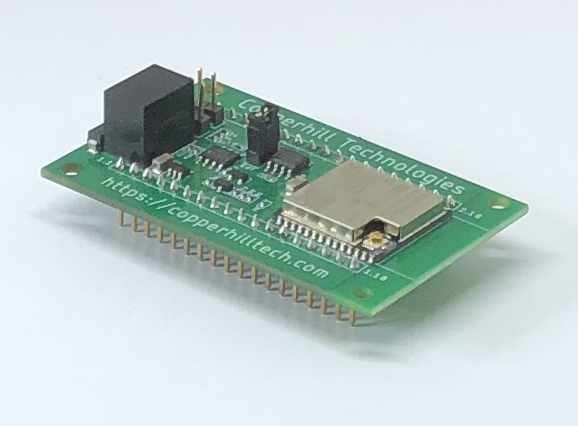Recent Posts
ESP32 Based CAN Bus, SAE J1939 and NMEA 2000 to Bluetooth Gateway
Posted by on

The following is a follow-up on our post Controller Area Network (CAN), SAE J1939, NMEA 2000 Wireless Module for IoT and ELD Applications.
The CAN Bus, SAE J1939 and NMEA 2000 to Bluetooth Gateway is the first product of a new series of wireless gateways for IoT (Internet of Things), ELD (Electronic Logging Devices), and other applications.
At the time of this writing, we have finished the software development of the SAE J1939 gateway, which will replace our previous SAE J1939 to Bluetooth Gateway. The functionality is 100% compatible, while the hardware has been improved through extended memory resources and optimized wireless features.
The only step remaining (before releasing the product) is the enclosure design, specifically the print layout. We expect to start production by July 2022 and a release date in early August 2022. We plan to release the NMEA 2000 version shortly thereafter, followed by a Standard CAN Bus gateway.
The above image represents a mockup of the final NMEA 2000 product. The CAN Bus and SAE J1939 versions will come with a DSUB9 connector, while the NMEA 2000 version utilizes an M12 5-pin connector. The enclosure is a customized version of the standard Polycase LP-21P (size 3.29 x 2.42 x 1.00 in / 83.57 x 61.47 x 25.40 mm).

For the development, we are using our JCOM.CAN.ESP32 board, which represents the core of our future wireless CAN Bus, SAE J1939, and NMEA 2000 gateways.
The onboard ESP32 processor allows further wireless connections such as BLE (Bluetooth Low Energy) and WiFi, and we will explore these features for future developments.
Features
- ESP32 Processor - 32-bit LX6 Microprocessor with clock frequency up to 240 MHz
- 520 KB of SRAM, 448 KB of ROM and 16 KB of RTC SRAM
- Supports 802.11 b/g/n Wi-Fi connectivity with speeds up to 150 Mbps
- Support for both Classic Bluetooth v4.2 and BLE specifications
- Onboard CAN Bus Controller and Transceiver
- Two UART ports
- One SPI/I2C port
- Four LED outputs (two onboard, two for external mounting)
- Seven GPIO signals
- Power Input Range: 8 to 36 VDC, max. 1 Amp
- Operating Temperature: -40C to +85C
- Size: 61mm x 39mm x 15mm - 2.4" x 1.5" x 0.6" (W x L x H)
For more information, please feel free to contact us.
Programming the Internet of Things: An Introduction to Building Integrated, Device-to-Cloud IoT Solutions
Learn how to program the Internet of Things with this hands-on guide. By breaking down IoT programming complexities step-by-step and in a building-block fashion, author and educator Andy King demonstrates how to develop and build a full-stack, end-to-end IoT solution from device to cloud.
This helpful book walks the reader through tooling, development environment setup, solution design, and implementation. You will learn how a typical IoT ecosystem works and how to tackle integration challenges when implementing your IoT solution.
So whether you are an engineering student learning the basics of the IoT, a tech-savvy executive looking to better understand the nuances of IoT technology stacks, or a programmer building your smart house solution, this practical book will help you get started.
 Loading... Please wait...
Loading... Please wait...

